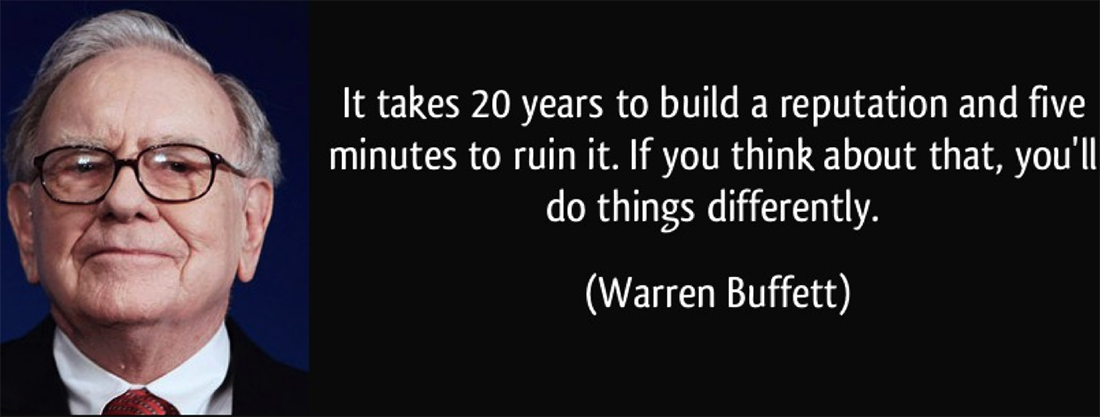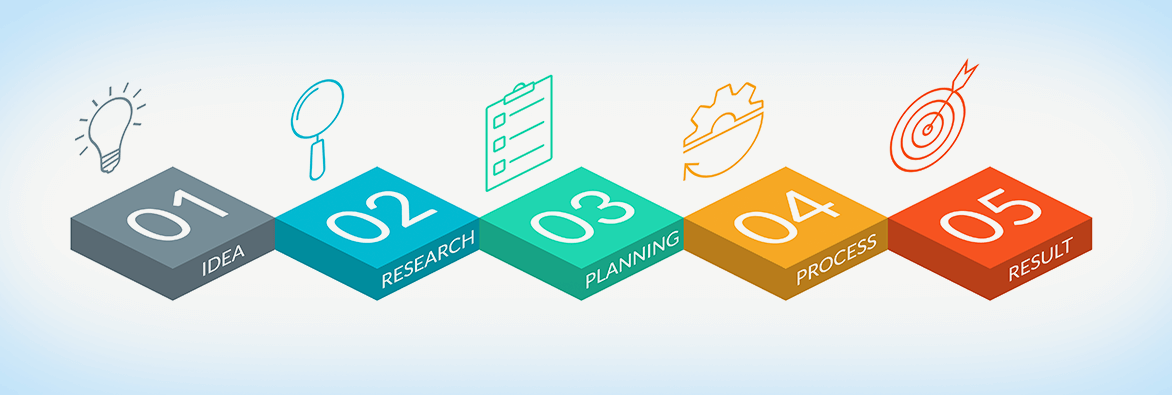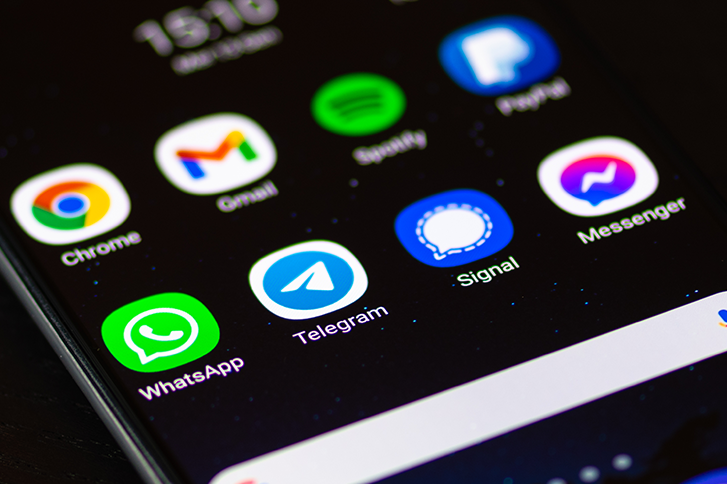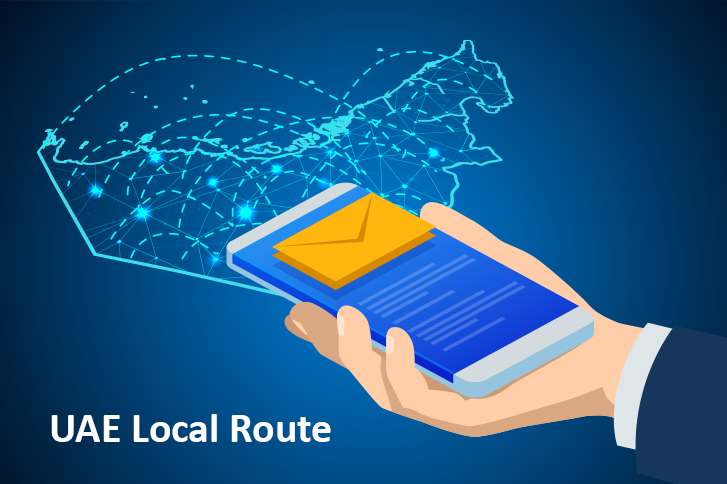“72% of the consumers say they now only engage with marketing messages that are personalized and tailored to their interests and 40% of consumers buy more from retailers who personalize the shopping experience across channels.” – Reported by Smart Insights & Monetate
Businesses these days compete to get customer attention through various digital channels, including SMS and Email. And hence, it has become a routine exercise in the morning to clean the clutter from our inbox. Especially during Covid-19, the focus of many brands in selling their services and products moved away from brick and mortar stores to online stores. Many E-Commerce platforms popped up that include Groceries, Pet foods, Car Accessories, and more. As the competition grew, marketers are more aggressive in their approach by bombarding customers with various communications – relevant and irrelevant. In this clutter, customers tend to avoid important and interesting messages!
In the Middle East, it is easy to obtain a customer’s mobile number and email address, which leads to a high increase in Email and SMS Marketing. When sales executives switched companies, they carried their client contact details along and starts sending them marketing communications, which are termed as SPAM as per the regulations. Customers may not be even aware of the new brand from where they get calls, SMS messages, or Emails. Annoyed customers then turn to operators and telecom regulatory to raise their concerns. This caused authorities to block many of the senders and implementing new regulations.

How To Be Less Intrusive In Your Marketing Plans
One of the best practices, and followed by large enterprises, is to obtain customer consent before sending any digital marketing communication. With proper consent mechanism, customer database counts maybe less as not all customers who interact with the brand will be willing to go an extra step to provide consents through a printed form or online form. When we run a campaign to customers who have provided their consent, the expected response ratio will be much higher compared to doing mass communication.
Customer consents can be obtained through a digital platform (web portal, e-commerce, surveys), social media channels, or using a KIOSK when the customer visits the store. Consent is considered valid, when an explicit confirmation is provided stating that they are ready to receive marketing communication from the brand. Providing options to opt-out from future communication is as important as collecting consent. Customers should have the choice to opt-out from the list at their convenience if they are no more interested in receiving any communication.
It is not the quantity, but the Quality of the customer database that gives better results in any Email and SMS marketing activity. Customers may opt-out of marketing communications if they are targeted frequently with promotional content. To retain customers and get higher engagement, it is significant that the campaigns are well planned with well-defined workflows.
Marketing Strategy
Important factors that need to be considered in any Email or SMS marketing communications are:

- Avoid sending more than 2 communications through the same channel in a month
- Create workflows based on customer response and by utilizing multiple communication channels – SMS, Email, WhatsApp, etc. Start with a channel and based on how the customer responds, send follow up communications
- For successive communication, avoid those customers who have already reacted to the communication and initiated or completed a transaction
- Remove those customers who have not responded for a longer period or target them with customized offers
- Create demographic groups and target with customized communication for each of the groups
- Respect those who would like to be opted out (unsubscribe) from future communications
As highlighted above, the best results are obtained for those marketing campaigns that are customized and targeted based on customer interests and preferences. Identify their purchase patterns, interests and combine this with similar customer demographics to group customers into various categories. Using Predictive marketing (analysis), create campaign materials that will best suit each customer category to obtain better results.
4 Steps To Personalized Marketing Campaign
- Plan your Strategy: Define the message to send to target groups, what customer behavior is expected from the campaign (repeat visits, new customers, increased sale, etc), is it a long term or a short term campaign, and who all are to be involved from the company
- Setup the Channels and Programs: what marketing platforms can be used, what was the past results for similar campaigns, is it a survey or questionnaire based customer feedback, is it for social media traction, and what is the best time to send the campaign
- Implement the Marketing Campaign: Send the communication to a select group, measure the reports, track the responses and accordingly readjust the campaigns to the remaining groups.
- Measure: View the reports of the campaign and compare them with past reports. Measure the success rates as well as customer feedback.
The more customized your marketing campaigns are, the better the results!
Speak to our team for knowing more about our Consent Management system (OCAMA) or to arrange customized marketing campaigns.



